- Home
- Machining techniques
- CNC Machining Services
- Cooperative supply services
- Designs
- Materials
- Finishing Services
- Shop
- Products
- Guide
- About Us
- Contact Us
2021.9.26
CNC milling is a perfect adaptation of the traditional milling process, which entails the use of an end mill cutter to perform the machining operation in question. Many people are concerned about the machining accuracy in the milling process, how to make precision to meet quality requirements, and how to reduce the external factors that affect precision machining performance. In this guide, we’ll go over the factors affecting milling machining accuracy, as well as how to improve milling machining accuracy.
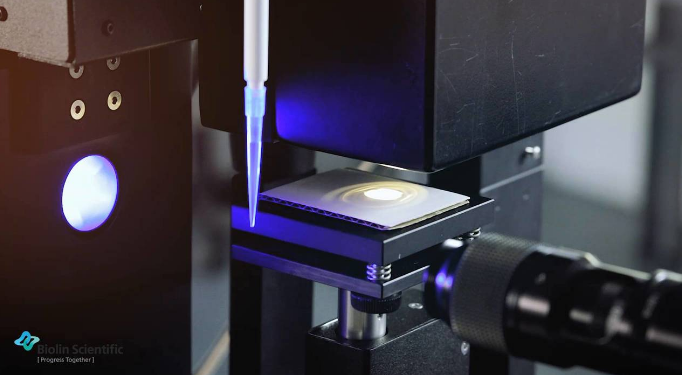
1. Accuracy of machine tool itself
Generally speaking, the machine tools that produce workpieces have coordinate axes. If the accuracy of the coordinate axis of the machine tool is not high, the deviation of positioning accuracy will cause dimensional errors of the workpieces produced by the machine tool, resulting in a large number of workpieces. Meet the quality requirements and have defects. The positioning accuracy of the machine tool also affects the vibration frequency of the spindle. The higher the spindle vibration frequency, the rougher the workpiece surface. In this way, the workpiece can not only meet the specification requirements, but also meet the appearance requirements in terms of appearance finish.
In addition, the fineness of machine tool worktable will also affect the production of workpiece to a certain extent. If the accuracy of the working face is poor, it will affect the accuracy of fixtures and other tools working with the working face. The operation of the machine tool requires a series of tool coordination. If errors occur in one link, they will cause varying degrees of problems in other links.
2. Selection of milling cutter
In milling, the most important component is the milling cutter, which directly interacts with the workpiece. In the form of milling, the quality of milling cutter directly determines the quality and accuracy of workpiece.
When working on the machine tool, if a softer milling cutter is selected, the milling cutter is difficult to resist the continuous wear caused by high-speed milling, resulting in premature use and affecting the processing technology and accuracy of the workpiece. It can be seen that with a soft milling cutter, it is difficult to strictly forge the workpiece, and the production quality will naturally decline. Soft milling cutters include YT cemented carbide milling cutters and high-speed steel milling cutters. Other factors, such as the shape of milling cutter, the structure of structural elements and the overall selection, will change the accuracy of milling cutter. Different types of milling cutters are suitable for processing different types of workpieces. If you want to cut the workpiece, you need to select a tool with small diameter and large thickness to reduce the wear of the milling cutter and enhance the control of the workpiece. The parts of milling cutter can not meet the requirements, which will also affect the stable operation and manufacturing accuracy of the whole manufacturing process
3. Unreasonable use of workpiece clamping
When using a milling machine to process a thin workpiece, the worker fixes the workpiece in the fixture and then proceeds to the next step. If the clamping position is not designed properly and the force is not controlled properly, the thin workpiece may deform and affect the accuracy of the workpiece. For thin cutting tools, attention should be paid not only to the positioning of clamping, but also to the workpiece with slender shaft. In order to ensure the accuracy of slender shaft workpieces, the staff will set supports when machining such workpieces. Due to the long length of the slender shaft, special attention must be paid to the clamping accuracy. The slightest deviation can cause problems with a portion of the slender shaft.
1. Control vibration degree during processing
Vibration often occurs in milling process. If the vibration frequency is too large, it will have a great impact on the overall machining accuracy. In order to effectively solve the vibration problem, workers choose a high rigid operating system to improve the stiffness of machine tools and other parts as a whole, adjust the assembly coordination of various parts, make all links of work closely cooperate, and reduce the possible vibration frequency, so as to improve the production accuracy of workpieces.
2. Control all parts of the machine tool
The positioning of machine tool coordinate axis will affect the machining accuracy of workpiece, and the accuracy of machine tool surface will also affect the machining accuracy. Before operating on the machine tool, strictly control all parts of the machine tool, check the positioning and surface condition of the coordinate axis of the machine tool, eliminate reversible factors and improve the overall performance of the machine tool.
3. Selection of milling cutter and installation angle of milling cutter
Milling cutter is an important part in workpiece machining. Selecting the appropriate milling cutter and controlling the installation angle can appropriately improve the machining accuracy of the workpiece.
Before selecting the milling cutter, the staff need to know the type of milling cutter suitable for the current operation, understand the parameters of the milling cutter, and select the milling cutter most suitable for the whole system. At the same time, we should grasp the development trend of milling cutter and complete the adjustment of various angles with the latest milling cutter. In addition, the staff should pay special attention to whether it is discharged normally in the milling process, so as not to reduce the accuracy of the workpiece due to the setting of the tool.
4. Selection method of workpiece clamping
It has been mentioned that the reasonable degree and accuracy of workpiece clamping have a certain impact on the overall accuracy of workpiece. The production of different workpieces requires different clamping methods. The staff first need to understand the matching and clamping method of the workpiece, and then the specific positioning of the clamping method on the machine tool. In order to make the workpiece more closely combined with the clamping method, the staff can make a plan in advance to clarify the clamping direction and clamping force, and then carry out precision machining on the workpiece according to the specific scheme.
Improving milling accuracy can be achieved in a variety of ways. For example, when installing a probe, the most important thing is that the staff need to select the appropriate processing tools and control the accuracy of tools and machine tools according to the specific processing scene, so as to ensure the accuracy of the workpiece to a certain extent.
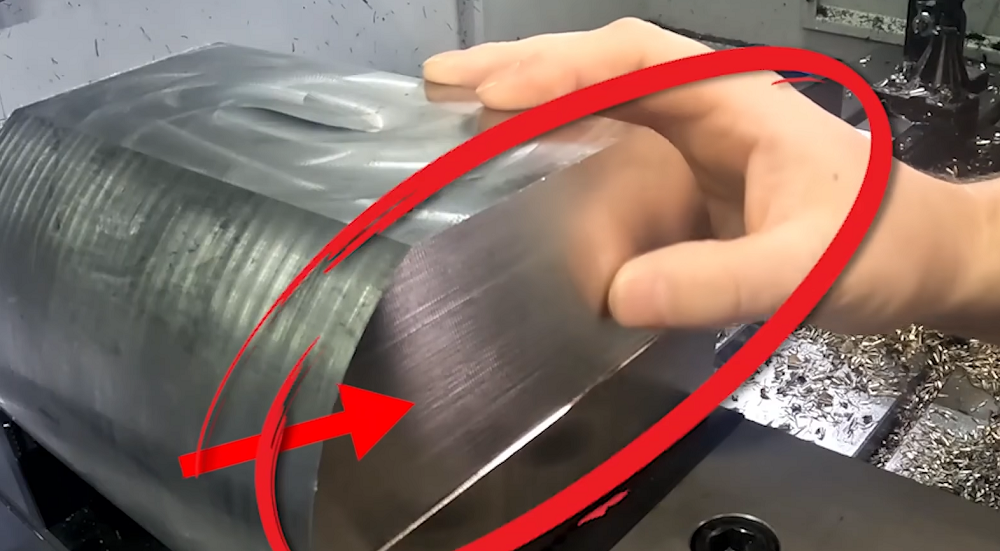 How To Reduce & Stop Chatter Vibration in CNC Milling/Turning/Drilling/Grinding Lathe?
How To Reduce & Stop Chatter Vibration in CNC Milling/Turning/Drilling/Grinding Lathe?
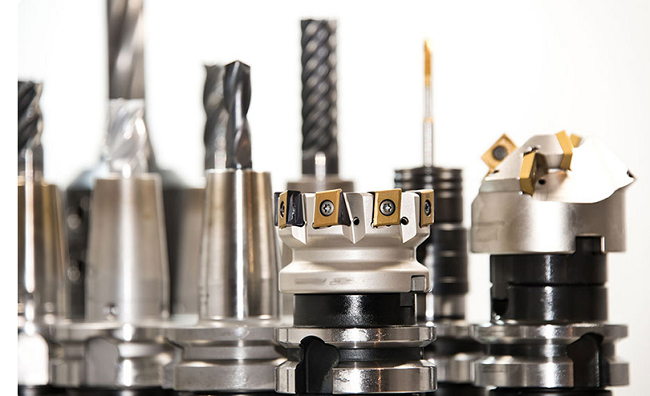 Top 12 CNC Machining & Programming Experiences | CNCLATHING
Top 12 CNC Machining & Programming Experiences | CNCLATHING
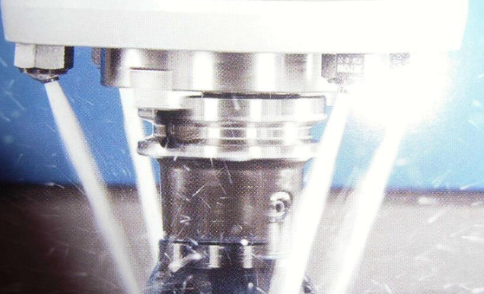 What Are The Factors Of Mechanical Parts Deformation During Machining?
What Are The Factors Of Mechanical Parts Deformation During Machining?
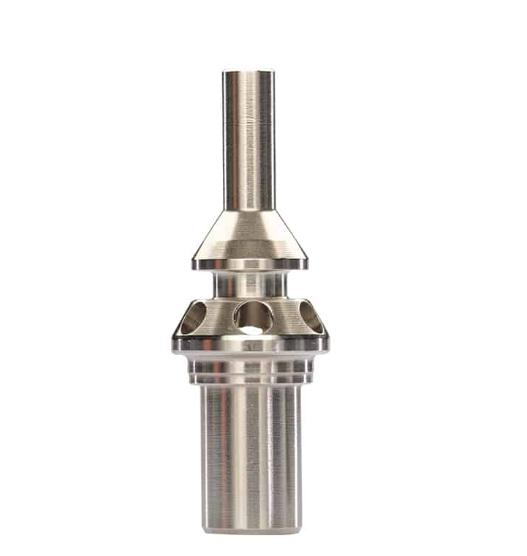 Machining Quality Problems Of CNC Turning Parts & How To Fix
Machining Quality Problems Of CNC Turning Parts & How To Fix
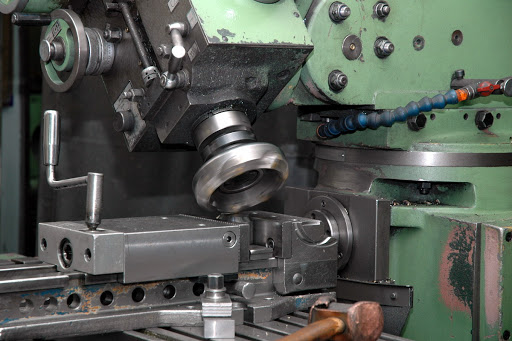 CNC Machining Vs Conventional Machining – Difference Between CNC Machining And Conventional Machining
CNC Machining Vs Conventional Machining – Difference Between CNC Machining And Conventional Machining
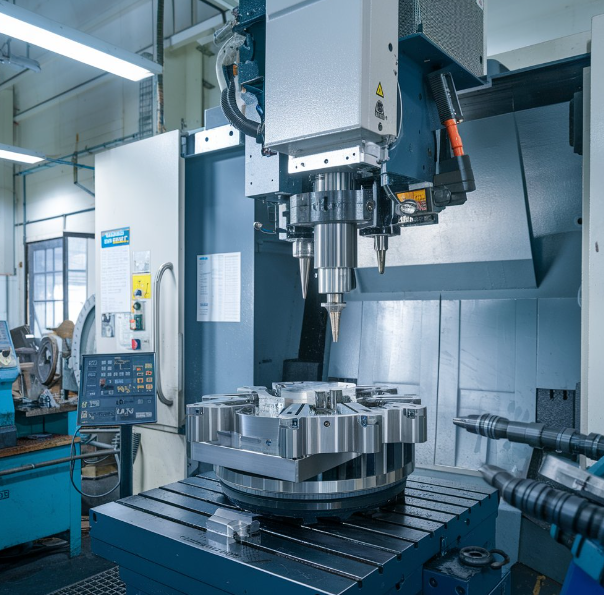 Why Choose China CNC Machining and How to Find the Best CNC Machining Manufacturer
Why Choose China CNC Machining and How to Find the Best CNC Machining Manufacturer
